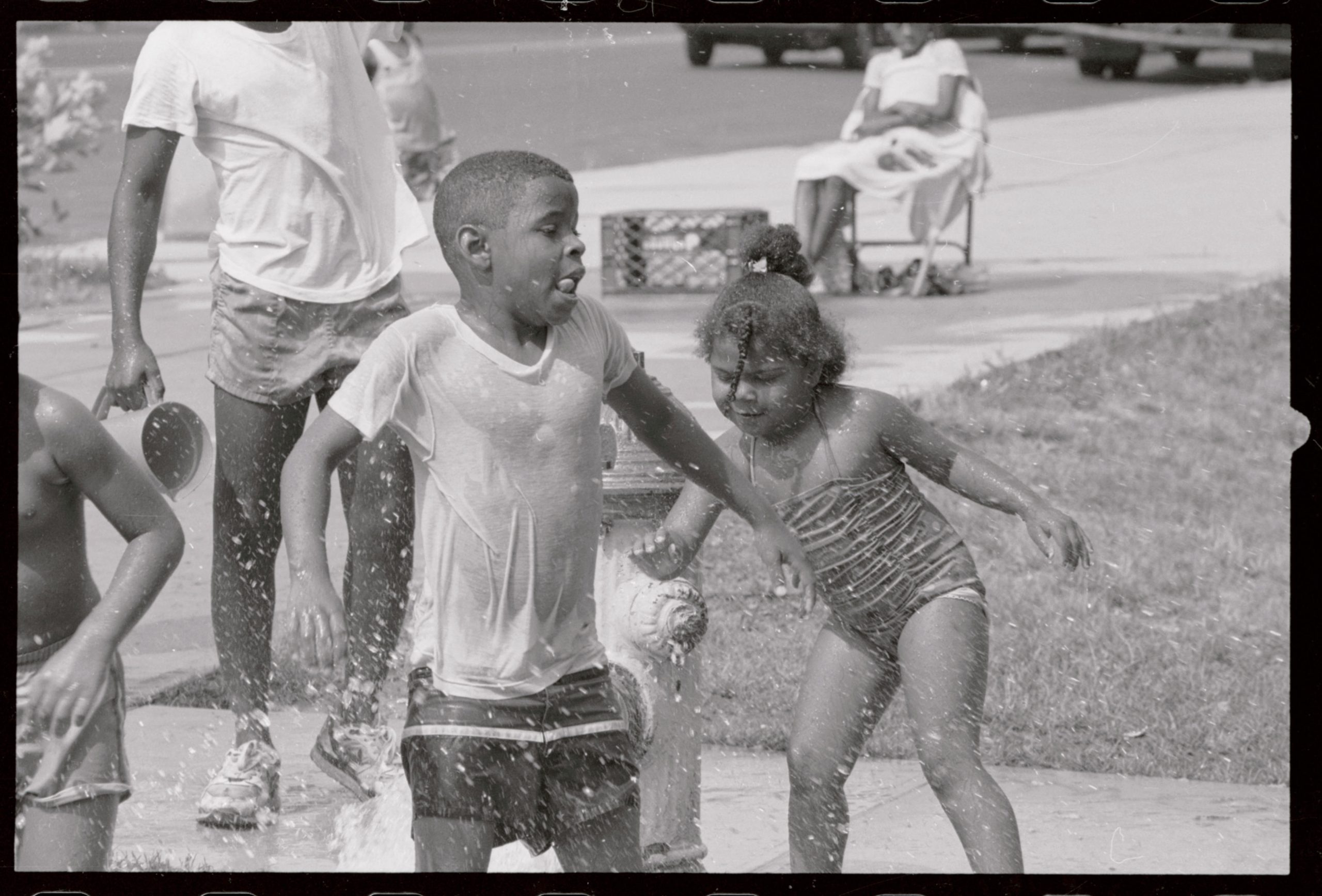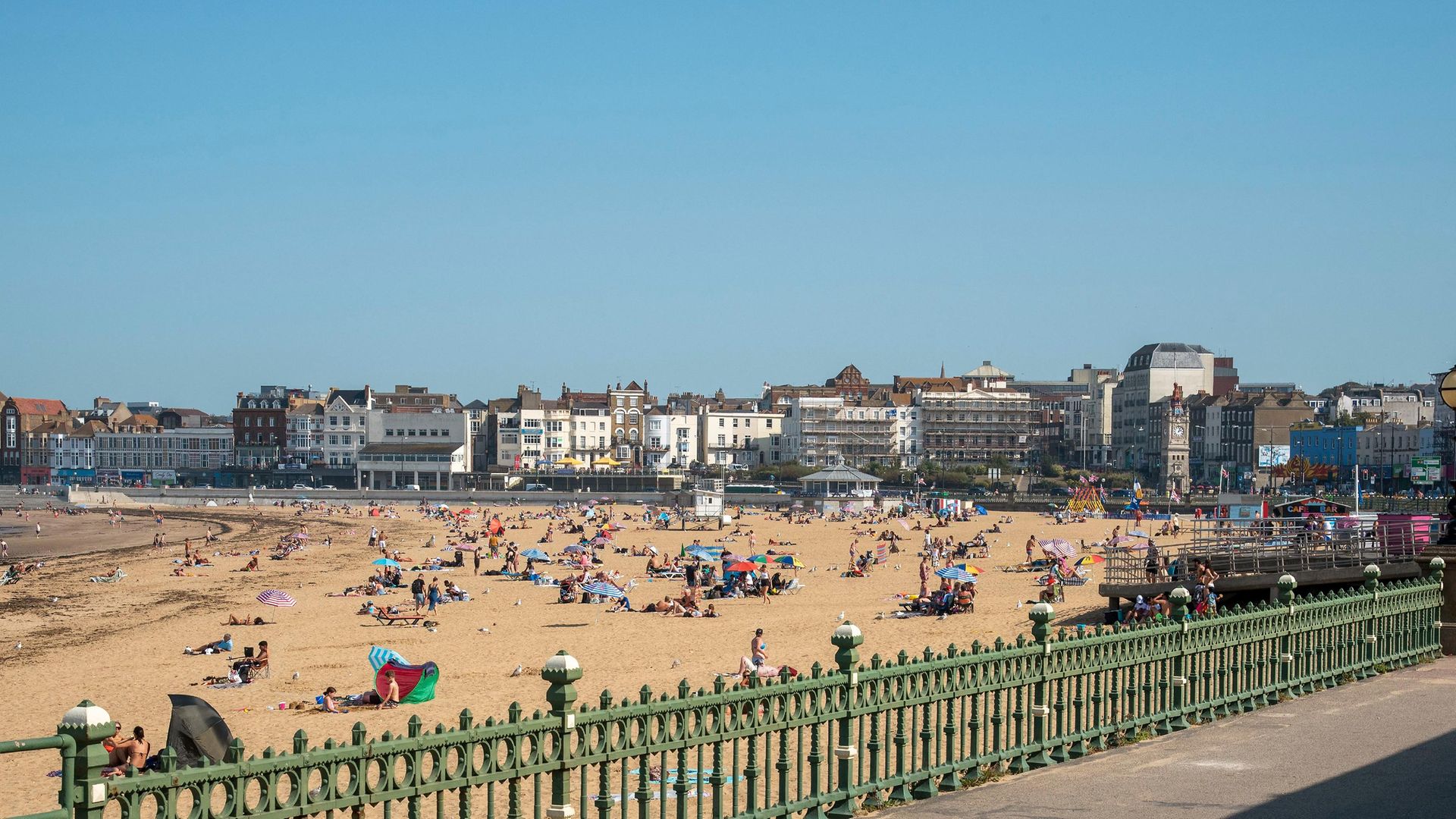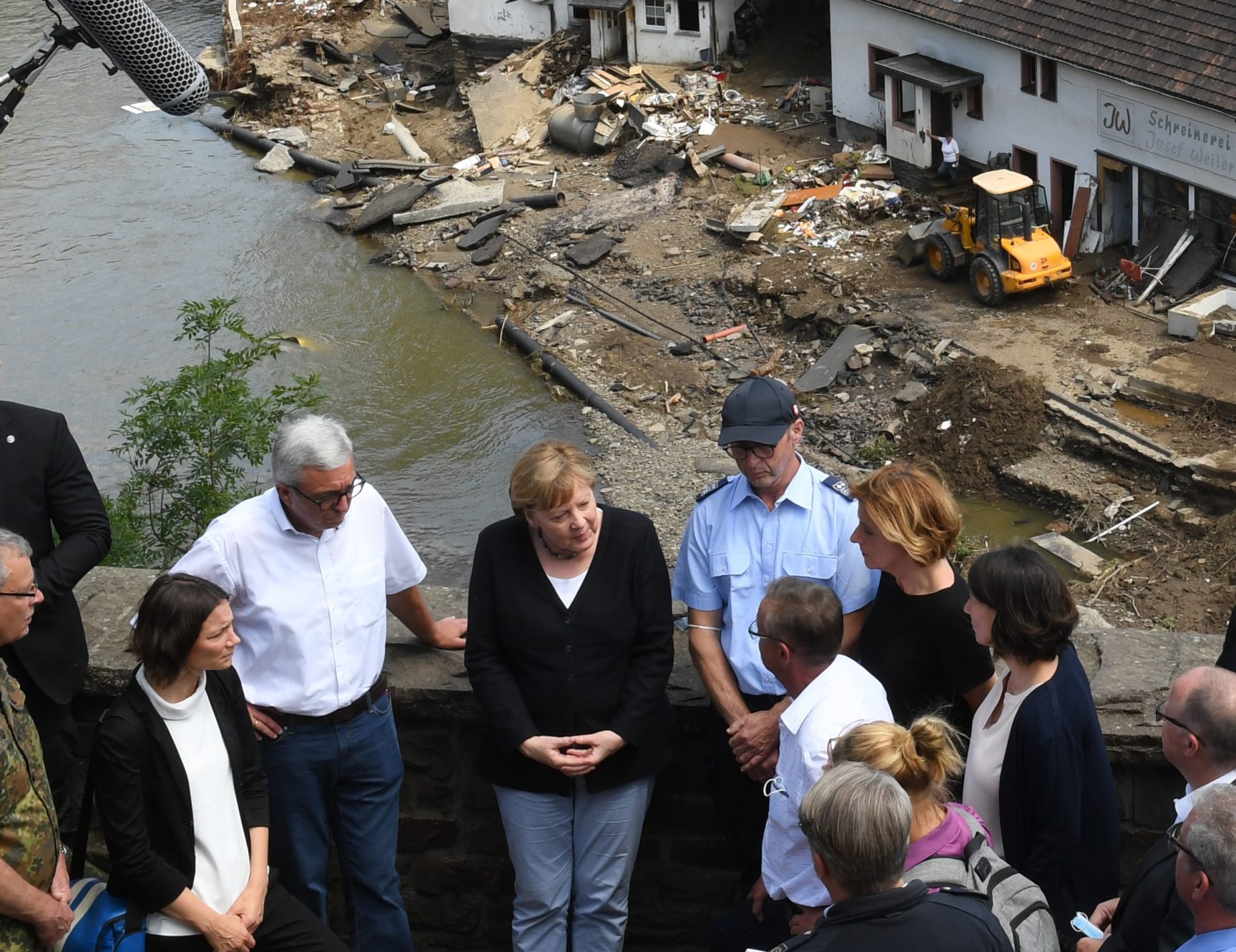
Credit: Bettman Archive/ Getty Images
Summer 1988 was a hot one in much of the USA. Farmers complained, streets melted.
Huge numbers of ducks fled to Alaska. It wasn’t just warmer than usual. It was weirdly, unsettlingly so. And it was only June already.
Even back then, there was a growing sense that heatwaves seemed to be coming around more often. The weather just wasn’t what it used to be.
It wasn’t the first time Americans had thought this, or the first time they wondered if it might have something to do with emissions from fossil fuels and agriculture. You can trace news stories about carbon dioxide and heatwaves back over a century.
The difference was that by the 1980s, the thing we’d now recognise as the scientific consensus on global warming had started to become clear. From the 1950s onwards, research budgets around the world had been invested in climate change research, and the possible role of carbon dioxide.
A global community of scientists grew, poring over temperature records, chasing carbon dioxide through the air, sea and land, developing new ways to dig deeper back into the climates of the past – piecing together chemical records hidden in deeply-buried arctic ice or rings in trees or corals – expanding the idea of so-called ‘greenhouse gases’ to include methane and nitrous oxide and CFCs, and modelling what might happen next.
By late June 1988, American politicians were starting to have concerns about the health and economic impacts of all this heat, and Nasa climate modeller James Hansen was invited to testify in front of the Senate.
He’d been called to DC before. Indeed, Congress had first been briefed on climate change in 1956, by Al Gore’s old uni lecturer, Roger Revelle. But there was something about this time around that felt slightly different.
As the media choked in the oppressive DC heat, they were told the man from Nasa was going to make a “major statement” about the latest temperature records. Hansen took the microphone. His testimony was clear. The temperature was the highest on record, the rate of warming in the past 25 years was also the highest on record – the four warmest years all having been in the 1980s – and even though it was barely halfway through the year, it had been so hot it’d take a remarkable period of cold weather for 1988 not to be declared the new warmest year on the record.
“Global warming has reached a level such that we can ascribe with a high degree of confidence a cause and effect relationship between the greenhouse effect and observed warming,” he stated, underlining: “It is already happening now.”
When a New York Times journalist caught him on his way out, he got a chance to use a line he’d scribbled down for himself in the cab on the way there; “it is time to stop waffling.”
It made the front page. “Global warming has begun, expert tells Senate” ran the headline, right in the centre, up top under the masthead, along with a graph of undulating temperatures from the 1880s, the tread very clearly going up.
The story was continued a few pages in, along with a photo of Hansen looking resolute. The paper wasn’t the only place to cover the story and Hansen soon found himself fashioning a pair of model dice, to demonstrate on breakfast television the way global warming could ‘weight the dice’ towards dangerous weather.
Although climate change had made mainstream media before, the coverage of Hansen’s testimony was the first time the issue really made a news splash. Climate change had always sort of rumbled on in the background before, as a worry people could put off.
Now, in the sweltering heat, it felt more real. Hansen found himself having to pass on media requests to colleagues, and made a special set of large dice for an appearance on breakfast news – one standard die to represent ‘normal’ weather up until 1980, the other loaded to demonstrate how global warming weighted the climate to more extreme weather events like drought or storms.
A few months later, Margaret Thatcher was addressing the Royal Society, warning “we have unwittingly begun a massive experiment with the system of this planet itself”. On the campaign trail for the 1988 election, George Bush Sr declared: “Those who think we are powerless to do anything about the greenhouse effect forget about the White House effect.”
A year later, Thatcher was at the UN, calling for a global treaty on climate change. But this late 1980s wave of climate interest soon dissipated, not least because it terrified the oil industry enough they invested in PR to fight back, using tactics of delay and doubt that kept stuck in that ‘waffle’ Hansen was so keen for us to move on from.
In the decades that have passed, the delay has cost us. We’ve seen many many more record breaking summers. We’ve seen animal and plant life retreat, crops fail, first burn, locusts swarm, corals die off and ice melt.
We’ve seen power cables melt too, roads and bridges closed and infrastructure grind to a halt. The death toll for the 2003 European heatwave has been estimated at over 70,000. Suicides doubled in Moscow during their 2010 heatwave. And then, this summer, there was the tragic story of the Canadian village of Lytton which first made headlines as one of the hottest places on Earth and then, a few days later, was burnt to a crisp.
Heatwaves come and go, and so does public concern over climate change. As I went from reading the news of Lytton to reports of more deadly fires in Cyprus and gripping heat in Pakistan, I was reminded of a photo from 2013 of a woman in Tasmania sheltering with her five grandchildren in water under a jetty, hiding from what they called “tornadoes of fire”, in the sky around them a dystopian shade of orange.
It shocked the world back then, just as the stories of heatwaves shocked us the last few weeks. And then the weather breaks, we hope the rain doesn’t cause too much flooding (as was the case devastatingly in Kenya in 2018, for example), and everyone forgets about it again.
Still, each wave of concern is bigger than the last, with longer-lasting impacts. And they seem to be building up more frequently. It’s two steps forward and one back, but it is progress, and we need to hold on to that. The real problem is climate change is coming at us more frequently, harder and with longer-lasting impacts too.
Alice Bell is co-director at climate change charity Possible and author of Our Biggest Experiment: A History of the Climate Crisis, out now with Bloomsbury Sigma


